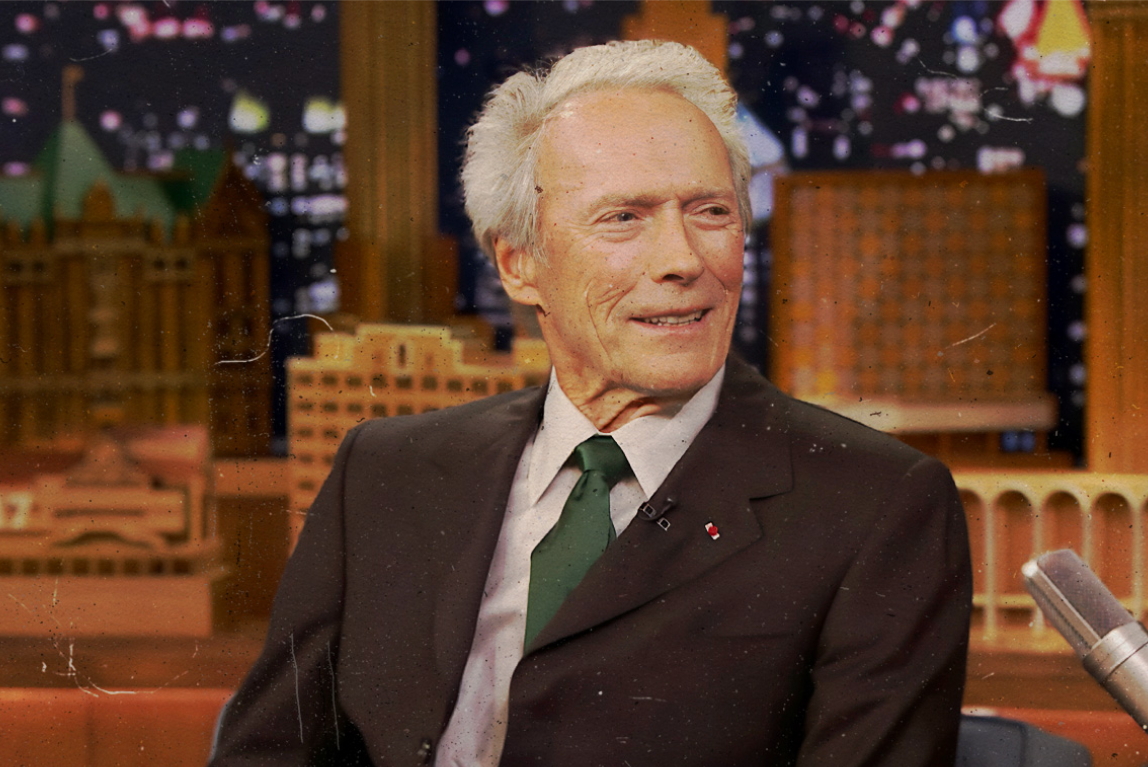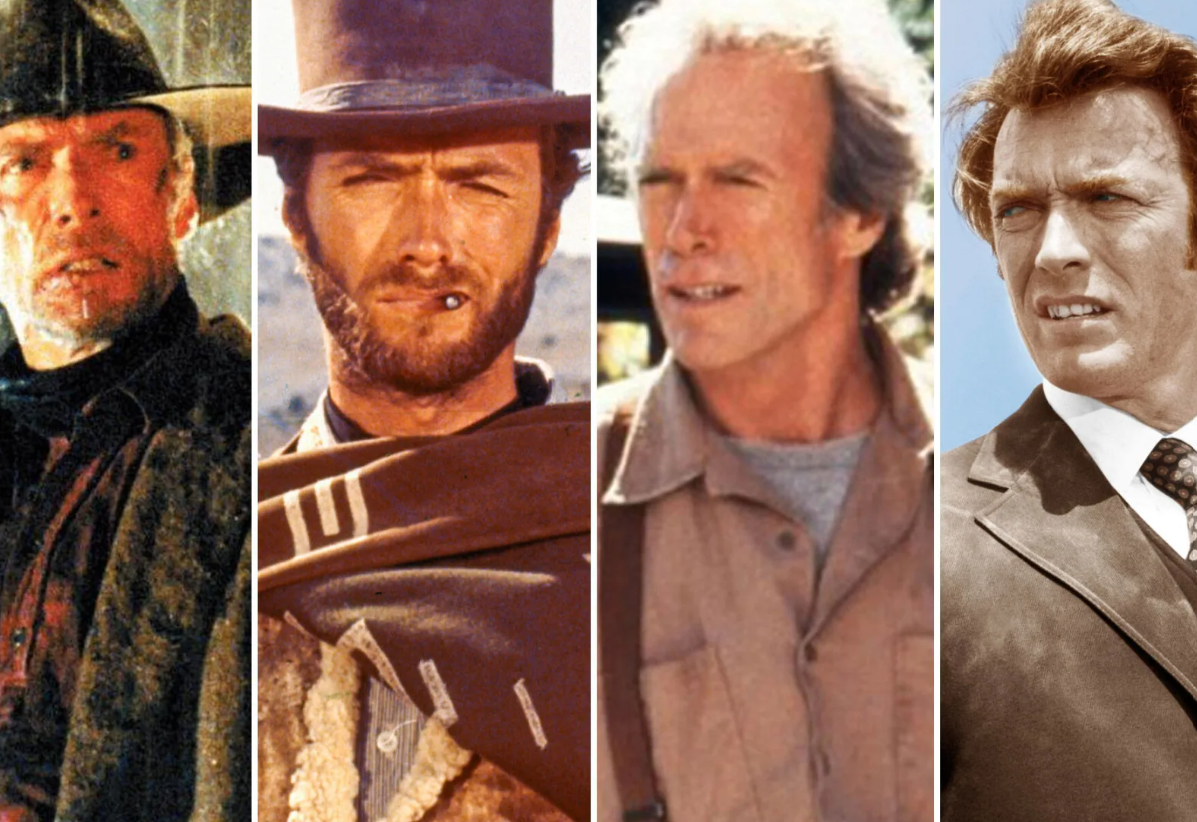“Clint Eastwood has almost never appeared in other directors’ films, willing to break away from the image he has cultivated throughout his career. This has allowed him to shape his own brand. And even some of his off-screen missteps—like the 2012 RNC speech where he addresses an empty chair—feel like a natural extension of the “Get off my lawn!” badass he has developed in his films.

Eastwood’s most enduring film as director and star, “ Unforgiven ,” particularly capitalizes on the actor’s baggage, breaking away from the image he has cultivated throughout his career to date, which dates back to his character Rowdy Yates on the TV series “ Rawhide .”
A more subtle reinterpretation of that fiery enforcer role emerged in Eastwood’s trilogy with Sergio Leone, and became even more extreme in “High Plains Drifter” and “Pale Rider,” before finally being turned on its head in “Unforgiven.” With that project, knowing we would root for him, Eastwood encouraged us to question the motives of revenge and the morality of those who use violence to solve problems.

While Leone pushed his cinematography to self-conscious extremes—dramatic angles, extreme close-ups, and music cues that threatened to overshadow the action—Eastwood was clearly against that trend in his own approach. As director and star, he adopted a “less is more” philosophy, in which his technique rarely commanded attention.
He was notoriously uninvolved with multiple takes or endless days of filming, committing to practically whatever performance his actors delivered—which worked well with professional actors, but less so with child actors (“”Changeling””) or non-professionals (“”The 15:17 to Paris””).
He was also unfussy about his scripts, which is a shame, since some of his most beloved films could have been much better if the writers had put in more effort from the start.”
